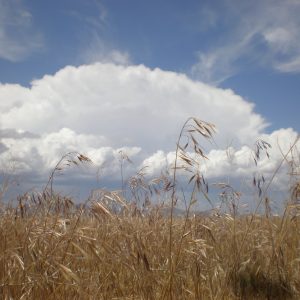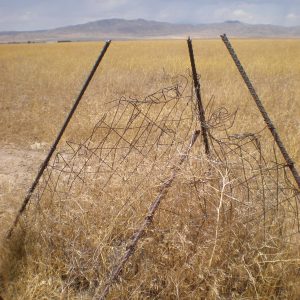July 8, 2011
Las Cruces, N.M.
The sun beats incessantly
To a soundless drum
Today is the end of my third week as a CBG intern. Stationed in southern New Mexico, I have been told that this is one the driest years on record for the area. The springs rains failed to show up, and the landscape is brown and crispy all around. This is reflected in the numerous record sized fires that continue to burn throughout the southwest. The skies here are often hazy with smoke, and gusts of powerful winds are not uncommon. We are all hoping for the monsoon season to get here soon, otherwise it is questionable how successful the seeds around here will be.
Yet despite the drought, life still persists in this harsh land. The large majority of the plants here I had never met before, and it is exciting to learn about a completely different flora. Ocotillo, mesquite, creosote, cholla, prickly pear, yucca, acacia, and sotol are just a few of these new plants. But one cannot forget the Agaves. I was fortunate enough to see a few of these in full bloom yesterday at the Little Hatchet Mountains. These striking plants spend 8-20 years in a strictly vegetative state, but when the stars align and the time is right they will send up a single stalk (can reach over 13 ft!) of flowers before dying. In honor of their patience I urge you to sip your next tequila slowly, pondering such a life strategy.
Like many other interns my main job here is to collect seeds. So far we have made a collection of, after much debate, Populus deltoides along the Tularosa river. Cottonwoods, I’ve found out, are quite confusing in this area and ideally one has a collection of multiple developmental stages of the tree in order to make a confident identification. No matter the species, though, they provide welcome shade for a day in the field. I look forward to making more seed collections, and to begin working with the other CBG intern next week.













